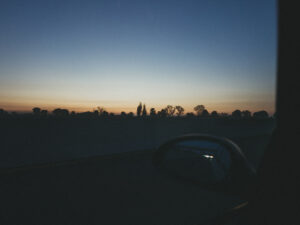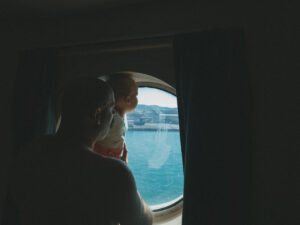In the summer of 2024, just before my holiday, I purchased the Leica D-Lux 109. My hope was to have an ultra-compact camera solution featuring a 24-70mm equivalent zoom, IBIS, and the beautiful Leica colours.
The idea was to use it for assignments where I needed to capture interiors at the widest possible angle – something my Leica M with its 35mm and 50mm lenses simply couldn’t achieve. Additionally, I imagined it as the perfect travel companion, capable of handling various situations and easy enough to hand over so that, for once, I could also appear in some photos. After all, photographers are rarely in front of the camera.
first impressions.
At first glance, the Leica D-Lux 109 seemed promising. Its compact form factor and excellent build quality were truly impressive. These were the positives. However, the moment I switched it on, reality set in. The zoom lens felt wobbly and flimsy, despite being relatively sharp. The IBIS worked as advertised, but video performance was utterly disappointing.
More importantly, using the D-Lux 109 simply wasn’t enjoyable – not just for me as a seasoned Leica M photographer, but even for my wife, who has no brand preferences and only cares about capturing the moment and the final image. The overall shooting experience felt awkward and uninspiring, and the battery life was shockingly bad, further adding to the frustration.
usability issues.
I genuinely wanted to like this camera, but it seemed determined to resist. Every time I turned it on, it presented me with new reasons to dislike it. The lens extends to 72mm, but push it to 75mm, and the camera throws an error, demanding a restart.
Autofocus was another major letdown: On multiple occasions, the camera simply gave up and shut itself down, requiring a manual restart to function again. These persistent technical flaws turned every shooting experience into a test of patience.
the colours disappointment.
If the iconic Leica colours had at least been a saving grace, things might have been different. On the camera’s display, images looked promising, but once transferred and edited, they failed to live up to expectations. The post-processing experience was frustrating, leaving me regretting not bringing another camera instead.
conclusion.
Upon returning from my holiday, I placed the D-Lux 109 in the cupboard, where it remains to this day. I actively avoid thinking about its existence and feel guilty even considering selling it, knowing that any future owner might find it just as disappointing as I did.
In the end, the Leica D-Lux 109 promised a lot but delivered very little, making it – at least in my experience – the most hated camera I’ve ever owned.




















Schreibe einen Kommentar